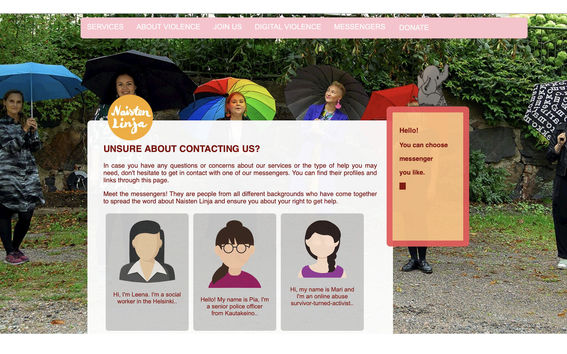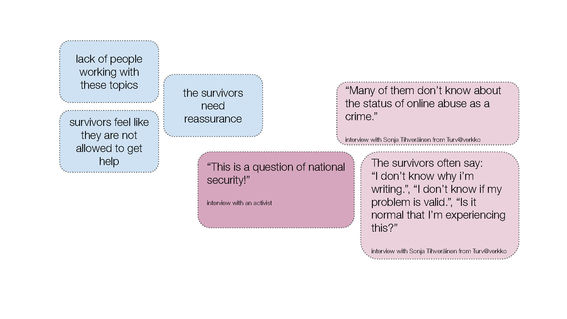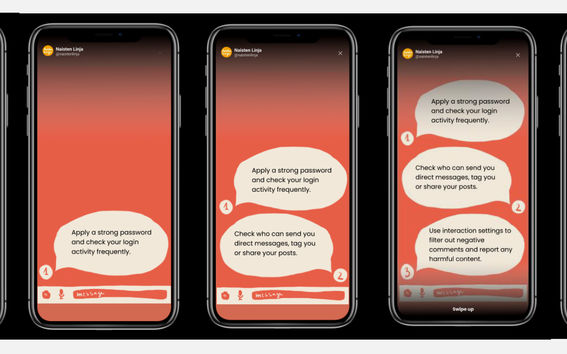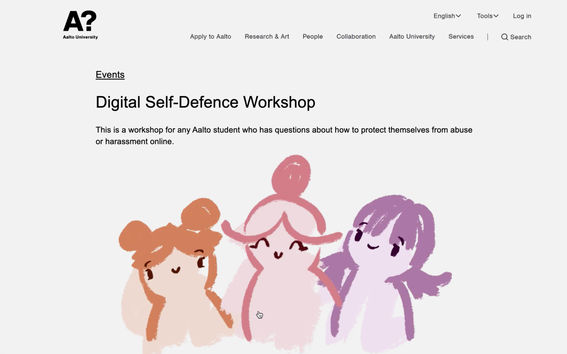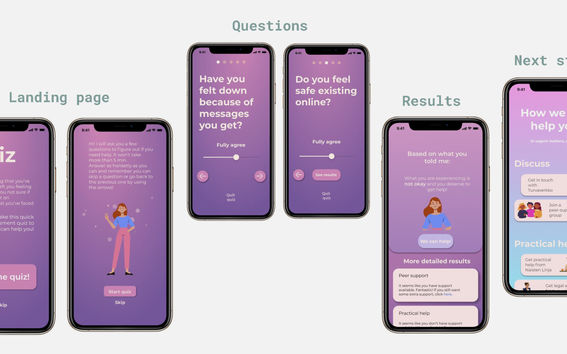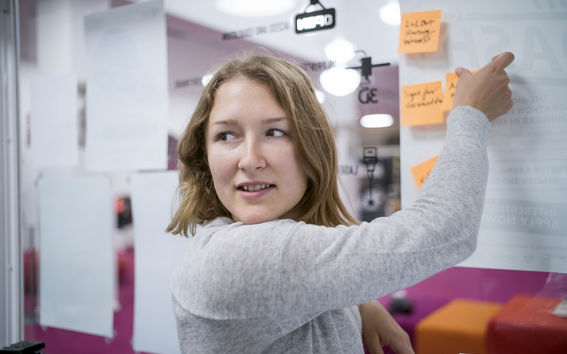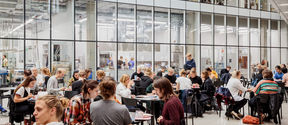We spend a lot of our time online, and it has become an essential part of our life; we share our most sensitive thoughts and feelings with our close online communities.
The position of power and exposure of bloggers, activists, influencers, and journalists on social media has made many of them targets for technology-facilitated online abuse, such as hate speech, digital stalking, online humiliation, location tracking, and doxing (publicly distributing private or identifying information).
The Digital Service Design course was carried out in collaboration with Naisten Linja, Women’s Line, in Autumn 2020. Naisten Linja is a free service for people who identify as women and who have experienced abuse, threats, or fear of violence.
In August 2020, Turv@verkko (Safety Net) project launched new support services for online abuse, which brings to Naisten Linja a new customer profile with a new set of service needs.
“Naisten Linja has quite a good grasp of the needs of women who have experienced intimate partner violence. But our new support services, weekly Turv@verkko phone line, chat, and online peer support groups are open for women who have experienced online harassment, hate, and abuse. This was a completely new and heterogeneous user group for us, and with the help of the design students, we wanted to understand their needs better and to find new ideas of how to support them,” explains Louna Hakkarainen, manager of the Turv@verkko project at Naisten Linja.
A course task was to help improve or ideate new services that support those experiencing online abuse.
The students on the course developed ways to better reach these new potential customers, who very often are not aware that this support service exists. Digital service ideas were developed for different stages of online abuse and throughout the customer journey: from raising awareness before any online abuse happens to reporting abuse and finding help. Storyboards and prototypes illustrated how the ‘to be’ service would support survivors.
